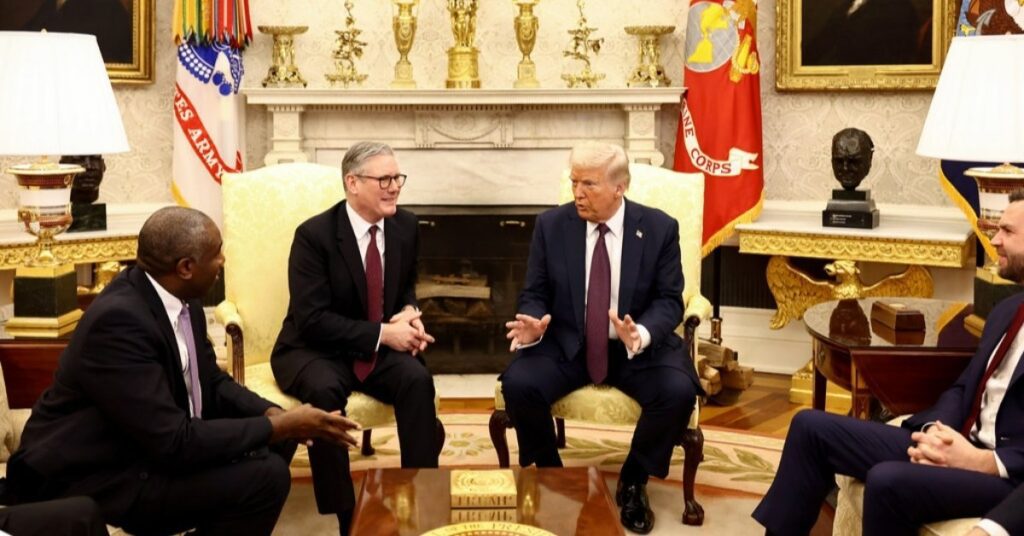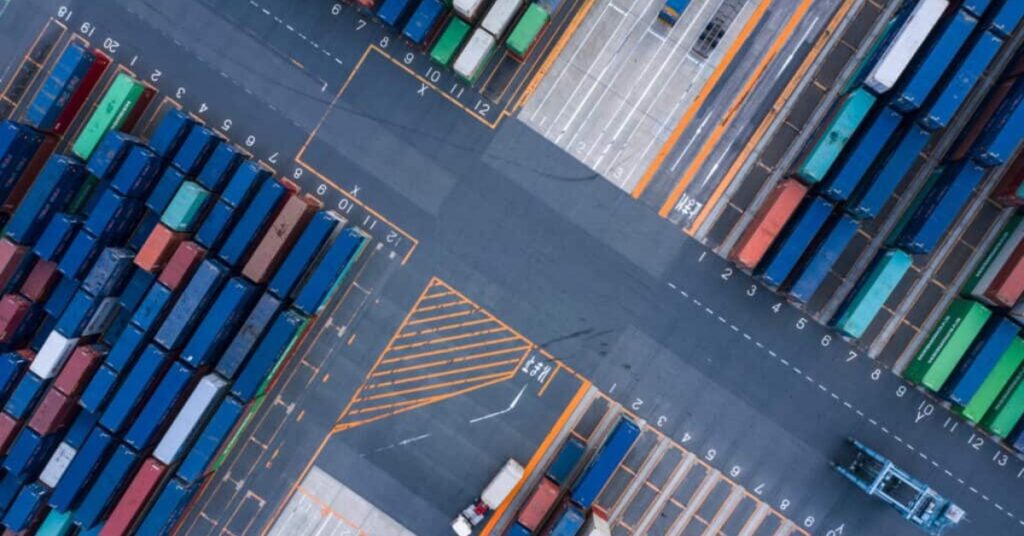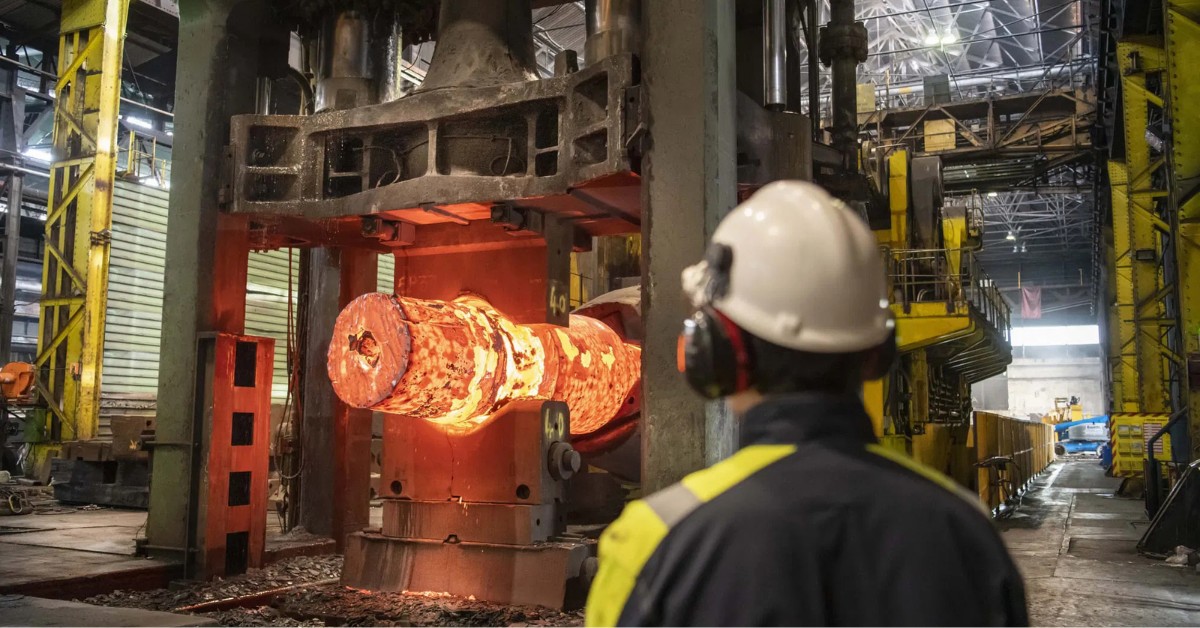In July 2025, the UK significantly reduced tariff-free steel import quotas from Viet Nam and South Korea without a transition period. The move has imposed unexpected costs, estimated at up to £500,000 per firm and disrupted supply chains.
The sudden policy shift has drawn strong reactions from UK SMEs in the metals, manufacturing, and construction sectors, with some considering legal action against the government over the impact on competitiveness.
Key Takeaway:
- Quota shock: In July 2025, the UK reduced tariff-free steel import quotas from Viet Nam to 20% and South Korea to 15%, stricter than TRA’s recommendation.
- Business impact: UK SMEs face cost increases of up to £500,000 per firm and supply chain disruption.
- Legal challenge: Several companies, according to UK press reports, are considering legal action.
- Viet Nam trade link: The policy directly affects Vietnamese steel exporters and could shape broader bilateral trade.
- Policy dimension: Raises questions about balancing domestic protection with commitment.
What Happened: The Steel Quota Shock
In July 2025, the UK Government revised its tariff-rate quotas (TRQs) for steel imports, reducing tariff-free allocations for Viet Nam and South Korea to 20% of the residual quota [1]. This was a sharper cut than the 40% allocation initially recommended by the UK Trade Remedies Authority (TRA) [2]. Crucially, the adjustment was introduced without a transition period, creating immediate challenges for importers already managing shipments in transit.
Industry reporting noted that some UK metals and manufacturing firms now face additional costs of up to £500,000 per company, as previously duty-free consignments were subjected to the 25% safeguard tariff [3]. Such sudden costs risk undermining competitiveness, particularly for small and medium-sized enterprises (SMEs) in construction, automotive, and heavy manufacturing.
Understanding TRQs: Tariff-rate quotas define the volume of goods that can enter the UK at reduced or zero tariff rates. Once quotas are exceeded, standard or safeguard duties apply. The July 2025 revision sharply lowered thresholds for products including coated sheet steel (Category 4) and rebar (Category 13), leaving many firms unprepared for the sudden change.
Timeline of Events:
- 1 July 2025: The UK Government published revised steel tariff-rate quotas (TRQs) as part of its safeguard extension.
- Mid-July 2025: The reduced allocations (20% per exporting country) came into effect immediately, affecting shipments already in transit.
- 18 August 2025: Industry response intensified. The UK press (The Guardian, 18 Aug 2025) reported that several firms were considering legal action against the Government over the sudden quota cuts.
Industry Reaction in the UK
The UK steel sector, particularly SMEs in metals, engineering, and construction, voiced sharp criticism of the abrupt quota reductions. The Confederation of British Metalforming (CBM) described the change as a “tsunami” for the domestic industry, pointing to logistical chaos, inflated costs, and supply chain disruption as immediate consequences [4].
Paul Whitehouse, Managing Director of Steel & Alloy Gonvarri Industries (Birmingham), illustrated the strain on margins:
“The government has shot itself in the foot. It wants to help the steel industry, but acting in this way, giving just 24 hours’ notice, has only increased our expenses. We work on very small margins – 1% to 2% – and these extra costs matter.” (The Guardian, 18 Aug 2025)
In addition to higher costs, several companies have indicated, through industry associations and press reports, that they are considering legal action against the UK Government. Stakeholders argue that implementing the quota cuts without a transition period undermines competitiveness and creates uncertainty in the application of trade remedies. The absence of adjustment time left firms unable to renegotiate supply contracts or shift sourcing, compounding the financial burden and threatening the stability of supply chains across construction and manufacturing.
Implications for Viet Nam – UK Trade
Viet Nam is one of the UK’s key steel suppliers alongside South Korea, particularly in categories such as hot-rolled coil and galvanised products covered by tariff-rate quotas (TRQs). The July 2025 quota reduction, therefore, carries both direct and indirect implications for bilateral trade.
For Vietnamese exporters, especially small and medium-sized enterprises (SMEs), the most immediate challenge is higher landed costs. With quota volumes sharply reduced, shipments exceeding the threshold are now subject to the 25% safeguard tariff, eroding price competitiveness against UK domestic steel and alternative suppliers. This places pressure on margins and may discourage smaller firms from sustaining exports in the short term.
Looking forward, there is potential through existing trade frameworks for adjustment. Should the UK Government revisit TRQ allocations, Viet Nam could request more favourable treatment under the UK-Viet Nam Free Trade Agreement (UKVFTA), which provides consultation and dispute settlement mechanisms (UKVFTA text, Chapter on Safeguards). Such engagement would be critical to maintaining Viet Nam’s position in the UK steel market.
The effects also extend indirectly across UK industries reliant on imported steel. Reduced access to competitively priced Vietnamese steel may raise input costs for construction, engineering, and manufacturing sectors, which in turn could suppress demand for other Vietnamese exports until market conditions stabilise.
Policy and Legal Dimensions

The July 2025 steel quota adjustment has raised broader questions about trade governance. On the policy side, the UK Government must balance two competing objectives:
- Protecting its domestic steel industry through safeguard measures.
- Honouring international obligations under the UK-Viet Nam Free Trade Agreement (UKVFTA) and the World Trade Organisation (WTO) framework [5].
From a legal perspective, several UK companies have signalled, via press reports and industry associations, that they are considering legal action against the Government (The Guardian, 18 Aug 2025). Critics argue that the abrupt reduction, introduced without sufficient notice or a transition period, undermines principles of fairness and due process in trade policy administration. Should litigation proceed, the outcome could set a precedent for how future tariff-rate quota (TRQ) adjustments are implemented and contested.
For Viet Nam, the episode highlights the importance of using established consultation mechanisms. The UKVFTA allows either government to request dialogue when sudden policy changes threaten to distort bilateral trade. Proactive engagement would be essential to protect Vietnamese exporters’ market access while maintaining the credibility of the bilateral trade framework.
Outlook: What to Watch Next

In the coming months, attention will focus on whether the UK Government revisits its tariff-rate quota (TRQ) allocations. Industry bodies have urged the Department for Business and Trade (DBT) to introduce transitional measures or partially reinstate quota volumes. As of late August 2025, no formal decision has been announced. Any adjustment will be closely scrutinised, as it could set the tone for how the UK balances domestic industrial pressures with international trade commitments.
From Viet Nam’s perspective, closely monitoring the UK quota policy will be critical. A prolonged reduction could temporarily constrain steel exports, while consultations under the UKVFTA provide scope to request clarification or seek redress. Regional exporters – particularly South Korea – will also be affected, meaning that any policy revisions are likely to be negotiated within a broader regional trade context.
For SMEs on both sides, three strategic considerations stand out:
- Policy monitoring: staying informed about quota revisions and potential legal proceedings that may alter market access.
- Market diversification: exploring alternative markets through frameworks such as the Comprehensive and Progressive Agreement for Trans-Pacific Partnership (CPTPP) to reduce reliance on a single trade lane.
- Supply chain resilience: reassessing procurement strategies, cost structures, and sourcing options to manage short-term volatility.
Conclusion
The steel quota shock underscores the sensitivity of trade policy in a volatile global environment. For Viet Nam-UK trade, it highlights immediate risks for exporters while also serving as a reminder of the importance of close policy monitoring and agile export strategies.
In the longer term, both sides will need to balance domestic industry protection with international commitments, ensuring that adjustments to tariff-rate quotas are transparent and predictable. Constructive dialogue through frameworks such as the UKVFTA will be essential to safeguard competitiveness and sustain mutually beneficial growth.
References
[1] GMK Centre. The UK tightens quotas on steel imports from Vietnam, South Korea and Algeria. July 2025. https://gmk.center/en/news/the-uk-tightens-quotas-on-steel-imports-from-vietnam-south-korea-and-algeria
[2] Reuters. UK set to impose tougher-than-expected caps on steel imports. 24 June 2025. https://www.reuters.com/world/uk/britain-set-impose-tougher-than-expected-caps-steel-imports-2025-06-24
[3] The Guardian. UK metals firms threaten legal action over reduced tariff-free quotas. 18 August 2025. https://www.theguardian.com/business/2025/aug/18/uk-metals-steel-imports-asia
[4] Confederation of British Metalforming (CBM). Press statement on UK steel quotas. August 2025.
[5] WTO. Agreement on Safeguards. https://www.wto.org/english/tratop_e/safeg_e/safeg_e.htm
UK Government. Trade Remedies Notice 2025/12: Safeguard measure – Tariff-rate quota on steel goods. 1 July 2025. https://www.gov.uk/government/publications/trade-remedies-notices-tariff-rate-quotas-on-steel-goods/trade-remedies-notice-202512-safeguard-measure-tariff-rate-quota-on-steel-goods
